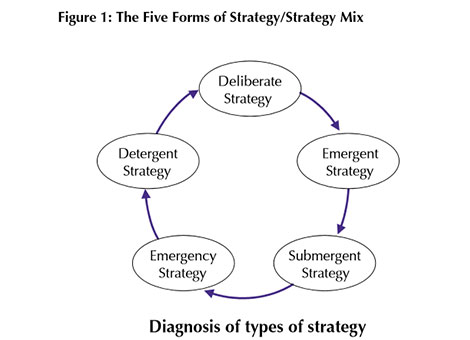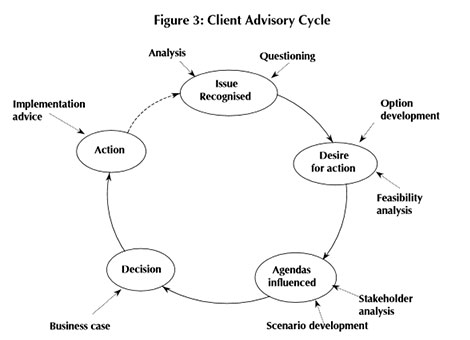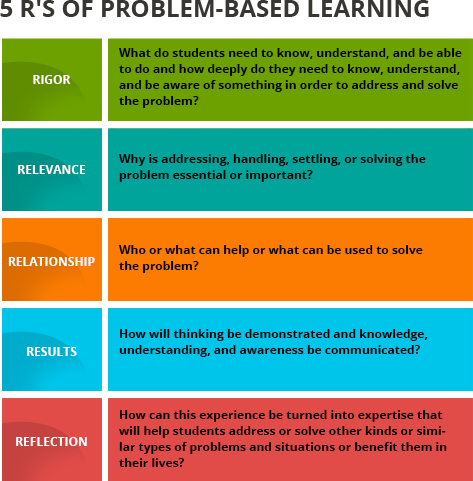
Problem Based Learning

Therefore, SMEs’ growth and profitability are often of uneven quality, with companies doing well for a while, and this often moving into a disruptive cycle which we can characterize (Figure 1) as ‘submergent’, ‘emergency’ and even ‘detergent’ phases (sorting the mess out).
SME strategic planning is often different because it is even more determined by the personal agendas and strategic biases of its top team/leader/owners. Where an SME is owner managed, the aspiration are completely different especially as the normal mechanisms for top-down/bottom-up and horizontal development of strategy that we see in some larger organizations either don’t happen or are very partial.
So, there are many gaps in how SMEs approach strategy. Once filled, these can add considerable value to the management team. Let us now examine some of the commonalities with mainstream strategic management. These include:
- Strategy content:
- the bigger picture environment has an impact (e.g. ‘PEST’ factors – political, economic, social and technical);
- growth drivers, within the market, will impact on the SME’s sales;
- competitive pressure (rivalry, entrants, buyer power etc.) will affect its margins; superior, average, or inferior customer value will affect its market share (volumes), prices, and margins;
- the competitiveness of the SME’s cost base will also have an impact on margins.
- Strategy process:
- the strategy will need to be broken down e.g. into specific product/market areas;
- it will need to be created step-by-step, rather than done in a single thought – to be effective (e.g. the diagnosis, option generation/evaluation, and detailed planning phases
- there will be a need to do some consultation both to check implementation feasibility and, to gain more buy-in, and to improve communication;
- develop a business case needed for investment decisions;
- its implementation need to be project managed.
- The role of a strategic adviser, to an SME, can take a variety of forms:
- helping clients interpret strategic issues, and moving them into action;
- giving them support at a multitude of levels, cognitive, educational, emotional, through different styles;
- facilitating their thinking/strategy away
- guiding them through growth transitions to new phases of development;
- helping them to refocus on higher value–creating activities.

Website: www.sadashivaconsulting.in

Our Services
![]()
Family
Business Advisory
An educational program developed to provide business families with a better understanding of fundamental and contemporary concepts
![]()
Design
Thinking
As a tradition, we insist on working in a partnership mode with clients, in a spirit of co-creation. We do not accept assignments.
All rights reserved © . sitemap


